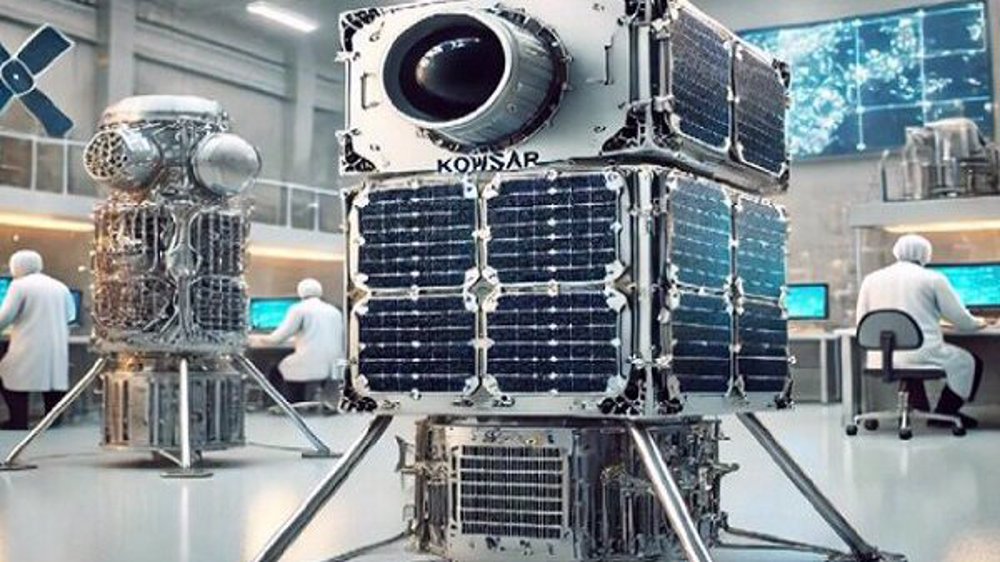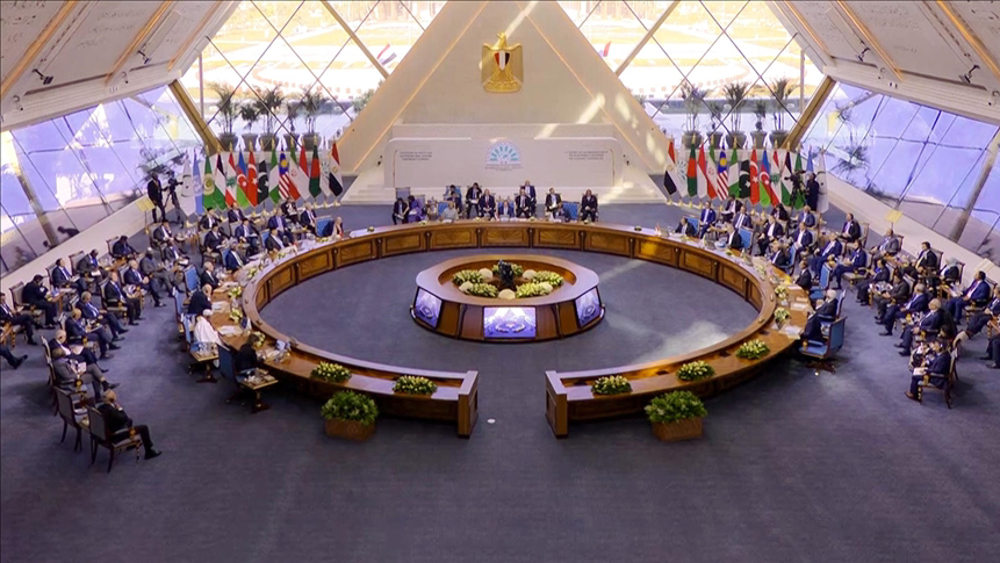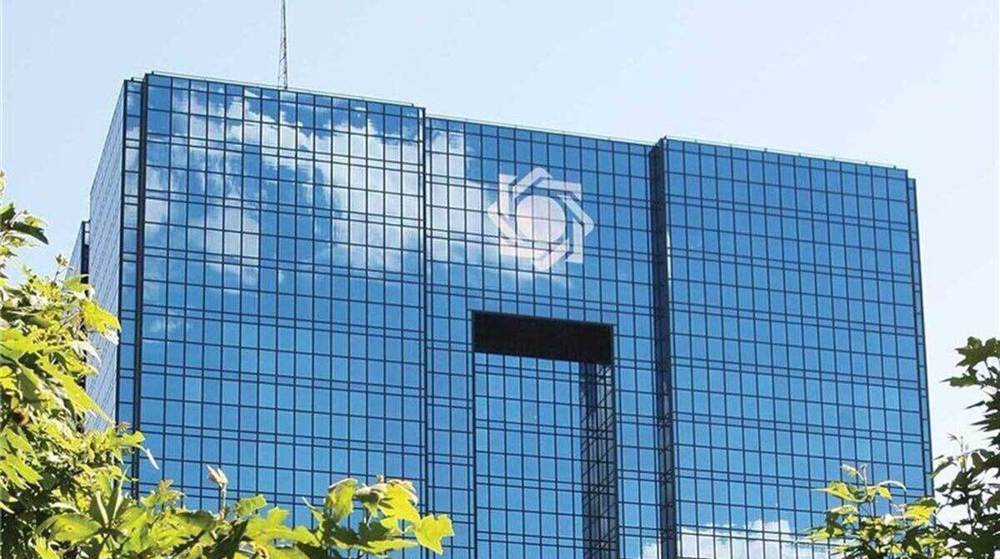Role of private sector in Iran’s thriving space industry
Two Iranian satellites were launched into orbit from a cosmodrome in Russia’s Far East on Tuesday, ushering Iran’s private sector to the space industry for the first time.
Koswar and Hodhod, the two imaging and communications satellites, designed and built by Iran’s Omid Faza Company, will support environmental monitoring and communications in remote areas.
The Soyuz rocket that blasted off from the Vostochny Cosmodrome early Tuesday also carried 51 Russian satellites, one Russian-Chinese device and a Russian-Zimbabwean satellite.
This means the Islamic Republic may have factored economic considerations, because the country itself is capable of launching satellites.
Last September, Iran successfully launched a satellite into orbit with a carrier built by Iranian scientists. The deployment of the Chamran-1 satellite into a 550-kilometer orbit aboard Qaem-100 rocket was the second successful launch in the year.
The satellite and space industry is expanding rapidly in new directions, driven by the global demand for more connectivity, data and services. It is averaging a growth rate of 9% per annum – a figure significantly above the growth rate of global GDP. This has attracted the attention of both developing and developed countries in recent years.
According to strategy and management consulting firm McKinsey & Company, the global space economy will be worth $1.8 trillion by 2035, up from $630 billion in 2023.
Among the countries of the world, only Iran, the US, Japan, China, India, France, South and North Korea and the UK have an indigenous capability to launch satellites into space. Russia and Ukraine also use the legacy of the former Soviet Union for the purpose. Therefore, Iran’s ability in this field is unique and commendable.
Iran’s space launchers can carry satellites weighing up to 200 kg and place them in orbit. Since 2023, the country has been able to place its satellites in the low earth orbit at a distance of 450 km to 2000 km.
Iran is currently building the largest space base in West Asia in the south of the country, the first phase of which will be completed by the end of the current Persian year in March 2024.
Its 7th National Development Plan launched in 2023 sets out the priority action for the construction of a constellation in space with 30 satellites and completing the country’s national launch base by 2027. All these achievements are realizing under harsh sanctions.
Hassan Salarieh, head of the Iranian Space Agency, on Tuesday stated that without a proactive participation of the private sector, the country is impossible to achieve its goals.
From the outset, he said, the goal has been to hand over the helm of the space industry to the private sector.
To be successful, Iran’s space industry has to wean itself off state funding and become economically self-sufficient. The government’s approach should be supportive, enabling the private sector to become competitive in the international market.
Hence, the active engagement of the private sector is crucial to the growth and development of the space industry and accomplishment of Iran’s aspirations including sending its first astronaut into space in 2028.
'Next to impossible' to rescue patients from Gaza's Kamal Adwan Hospital: Director
VIDEO | Vietnam current prosperity
Report blames gasoil exports for shortage at Iranian power plants
VIDEO | Hind Rajab Foundation names Israeli war criminals vacationing after Gaza genocide
VIDEO | Australians rally for Gaza ahead of Christmas festivities
VIDEO | Attacks on Sana'a
Iran reports further drop in annual inflation rate in December
Israel indicts two settlers over suspected spying for Hezbollah










 This makes it easy to access the Press TV website
This makes it easy to access the Press TV website